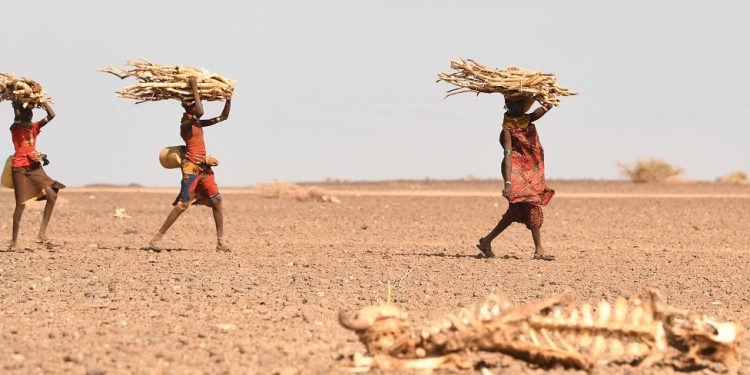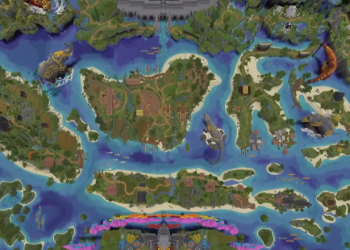Jakarta, Indonesia Sentinel — A new United Nations (UN) report reveals that climate change is intensifying global drought, with over three-quarters of Earth’s landmass projected to face permanent arid conditions in the coming decades.
The study, titled “The Global Threat of Drying Lands: Regional and Global Aridity Trends and Future Projections,” was released by the UN Convention to Combat Desertification (UNCCD). Over the last three decades, 77.6% of Earth’s land has experienced worsening dryness. This expanding aridity now encompasses 4.3 million square kilometers—an area larger than India—and affects nearly 40% of the planet’s landmass, excluding Antarctica.
Impact on Populations and Ecosystems
The report warns that by the end of this century, up to five billion people may be forced to live in arid zones. Currently, about 2.3 billion people, roughly 30% of the global population, reside in areas already severely impacted by dryness.
As land becomes increasingly uninhabitable, millions have begun migrating to wetter regions. However, many less-affected nations are reluctant to accommodate these climate refugees, exacerbating the crisis.
“For the first time, the drought crisis has been scientifically documented, exposing an existential threat affecting billions worldwide,” said Ibrahim Thiaw, UNCCD’s executive secretary, in a statement cited by Live Science.
Irreversible Changes to Earth’s Climate
Thiaw further emphasized that the drying of global climates is a one-way process. “Once a region becomes drier, the ability to revert to its original state is lost. These changes redefine life on Earth,” he explained.
Several factors contribute to this drying trend. Climate change-induced rising temperatures accelerate water evaporation from soil and vegetation, permanently transforming lush forests into grasslands and wetlands into arid deserts.
This shift has severe consequences for agriculture, natural ecosystems, and human populations. In addition to climate factors, human activities such as deforestation and over-extraction of groundwater have exacerbated the crisis.
Affected Regions and Escalating Risks
The study highlights some of the worst-hit areas, including much of Europe, the western United States, Brazil, East Asia, and Central Africa. These regions face increased risks of wildfires, crop failures, and mass migration, with approximately 40% of global land and 2.3 billion people already affected.
Proposed Solutions
To mitigate future drought impacts, researchers recommend several strategies:
- Reducing greenhouse gas emissions.
- Enhancing land and water management practices.
- Establishing global drought monitoring systems.
- Strengthening global collaboration and resilience-building efforts.
“Without collective action, billions will face a future marked by hunger, displacement, and economic decline,” warned Barron Orr, UNCCD’s chief scientist.
Orr added that solutions exist but depend on global political and social will. “The question is not whether we have the tools to respond, but whether we have the determination to act.”
Dogs Could Detect Cancer with its Incredible Sense of Smell, Study Finds
A Call for Global Solidarity
This report underscores the urgent need for international cooperation to address the global drought crisis. Embracing innovative solutions and fostering solidarity could help humanity confront this monumental challenge and secure a sustainable future.
(Becky)

























